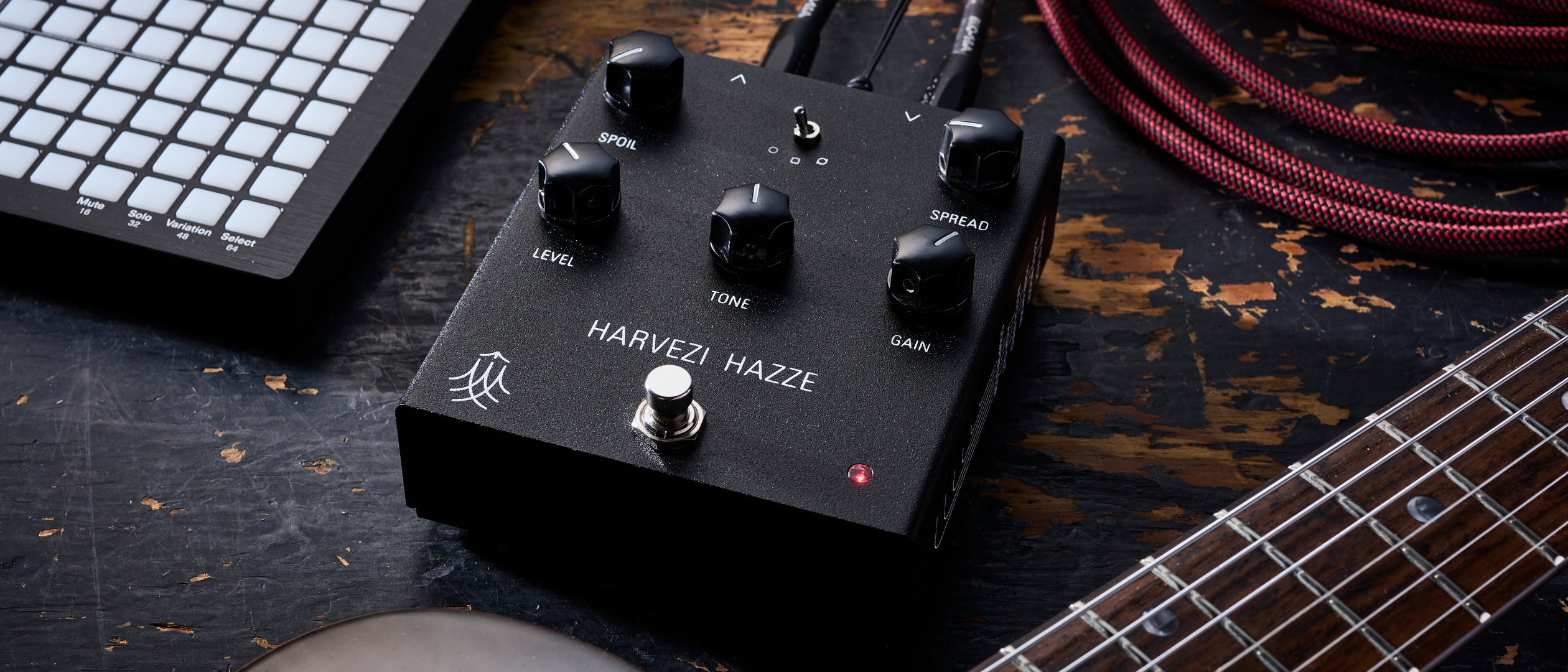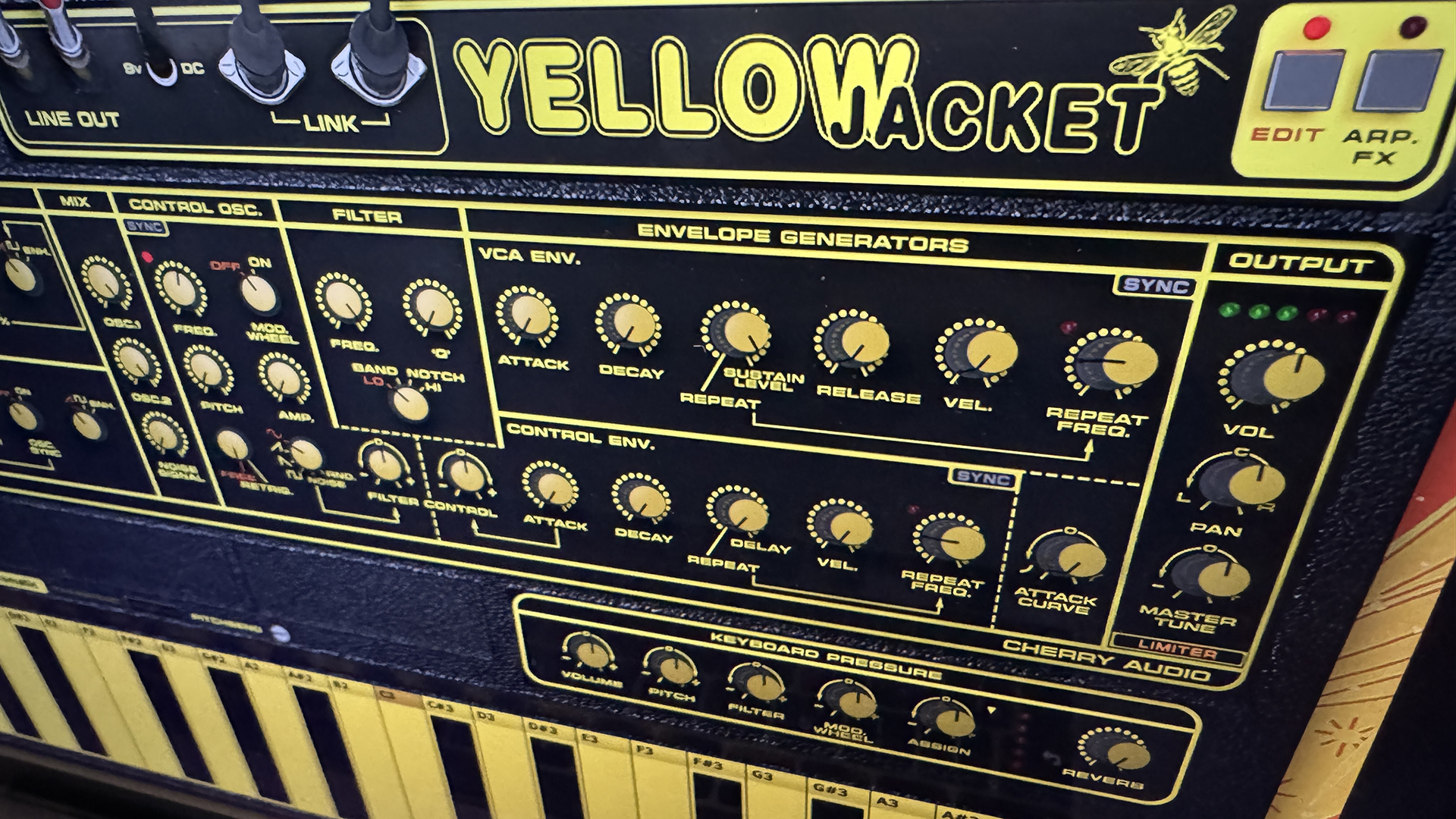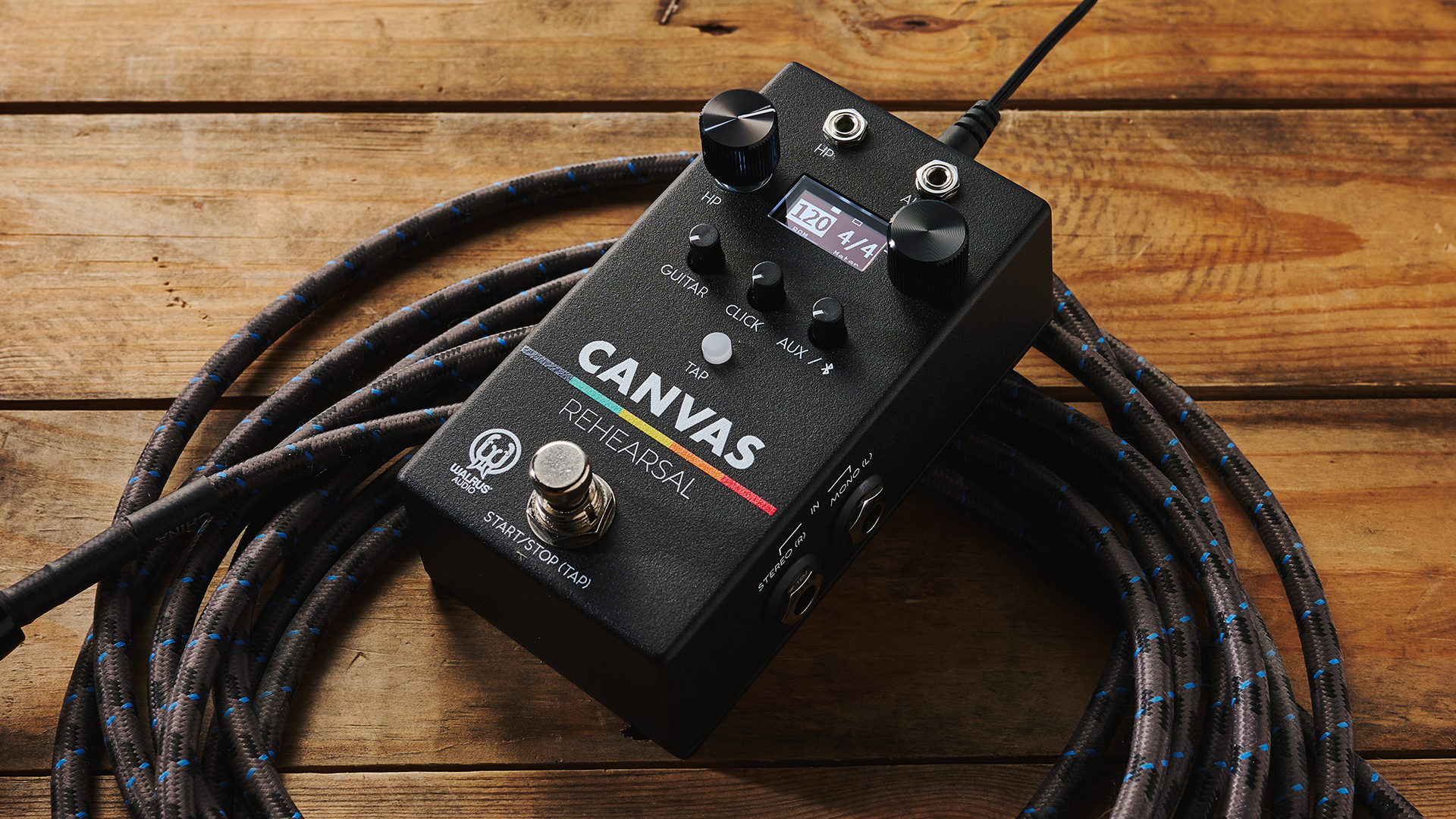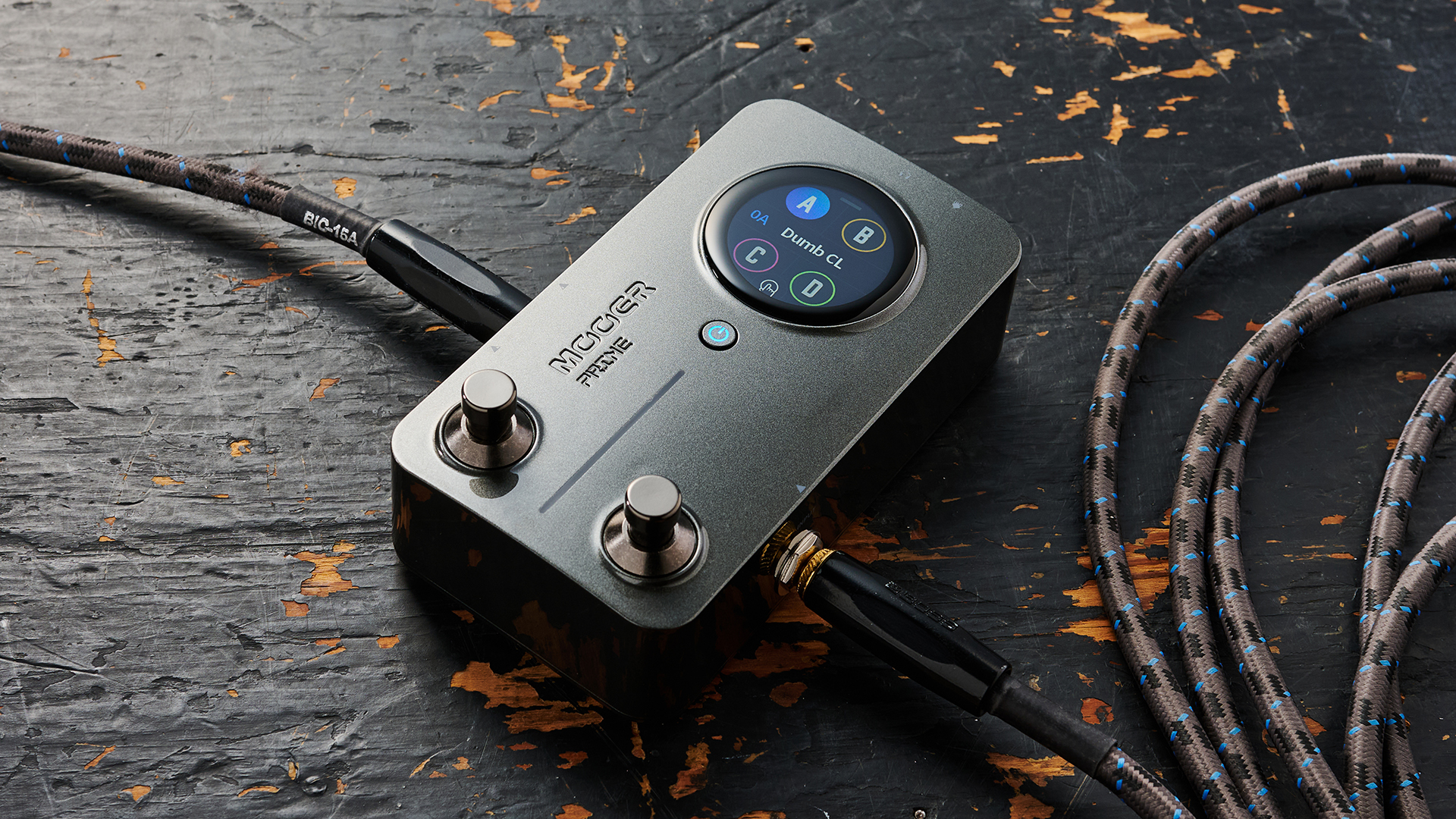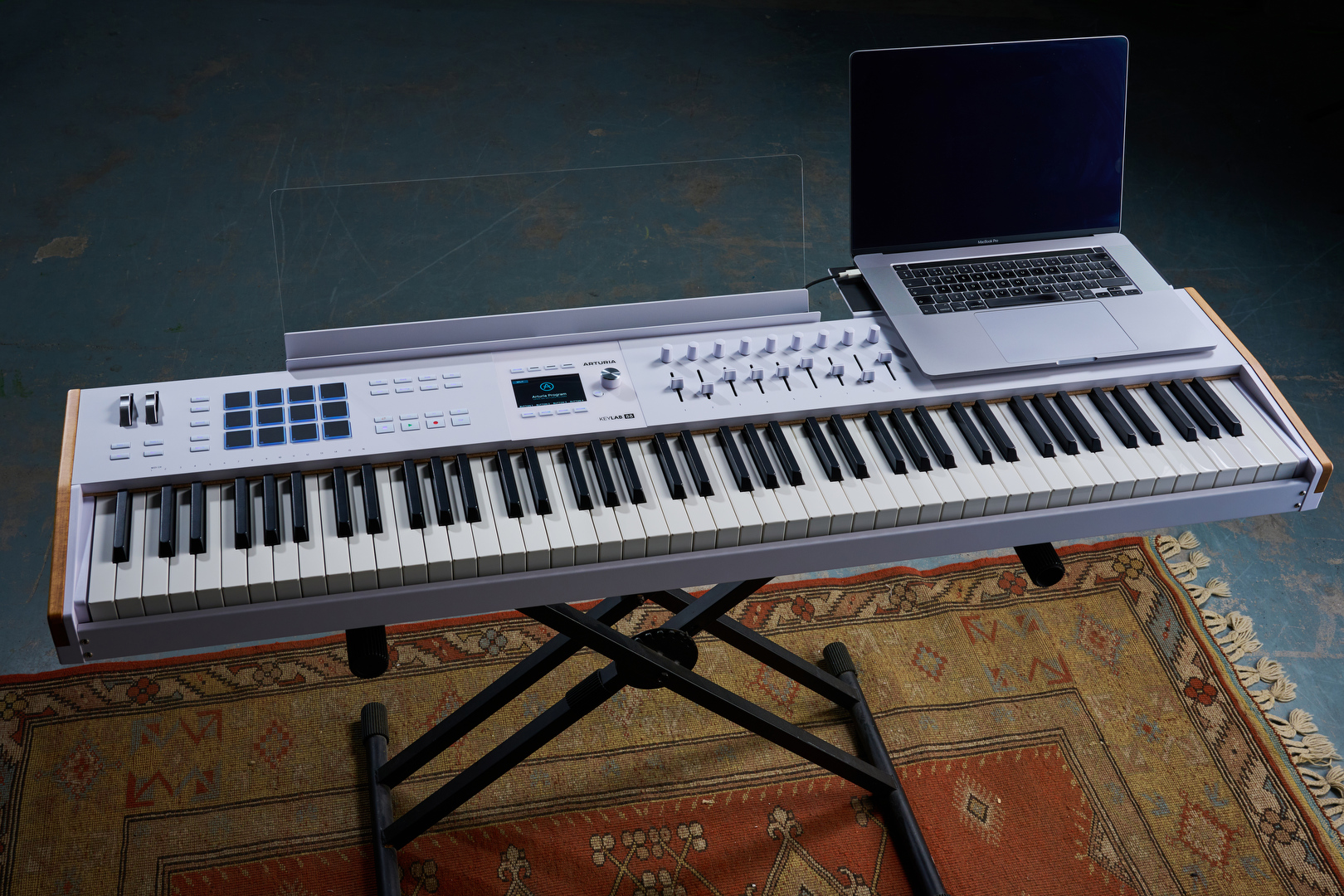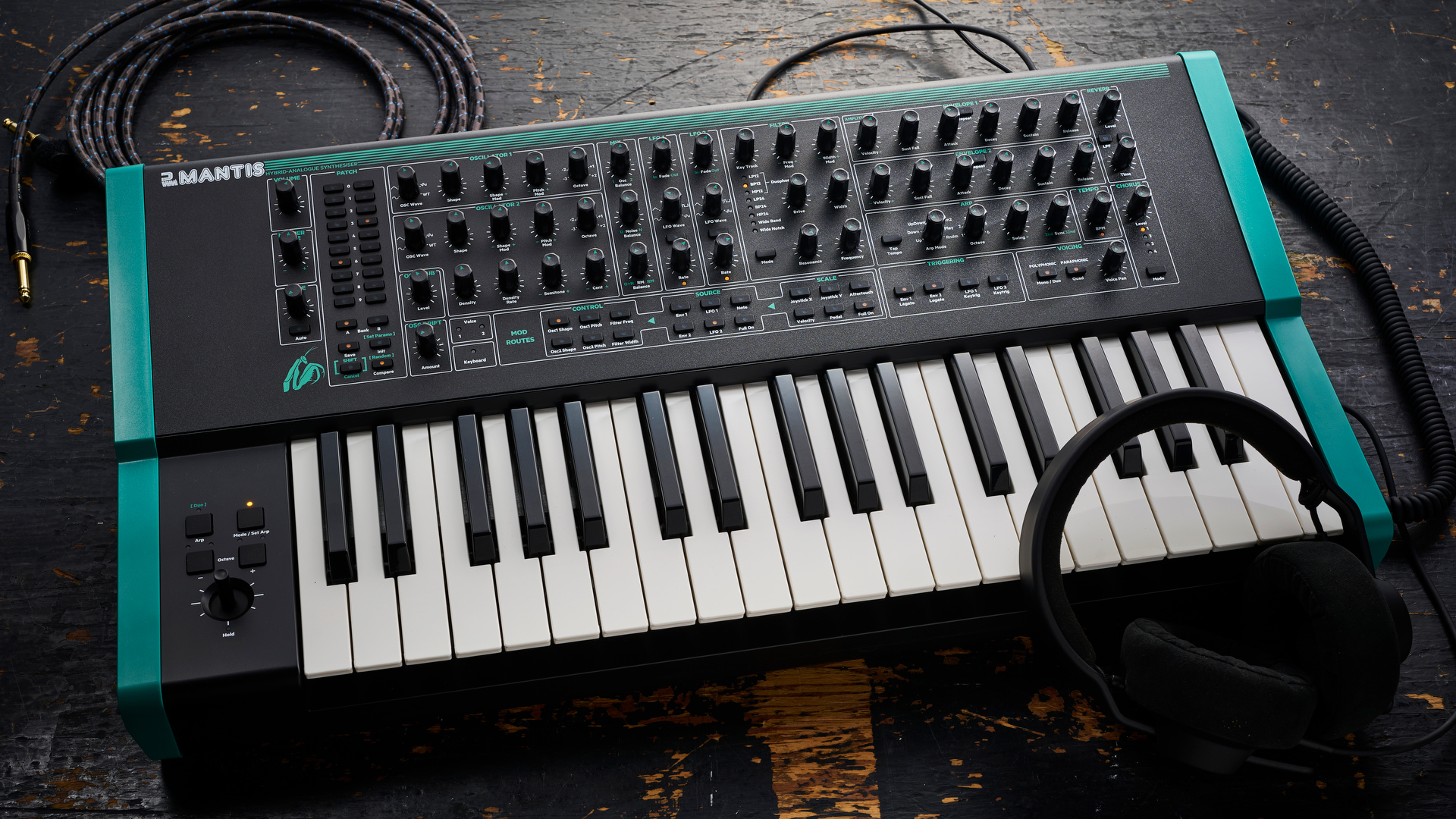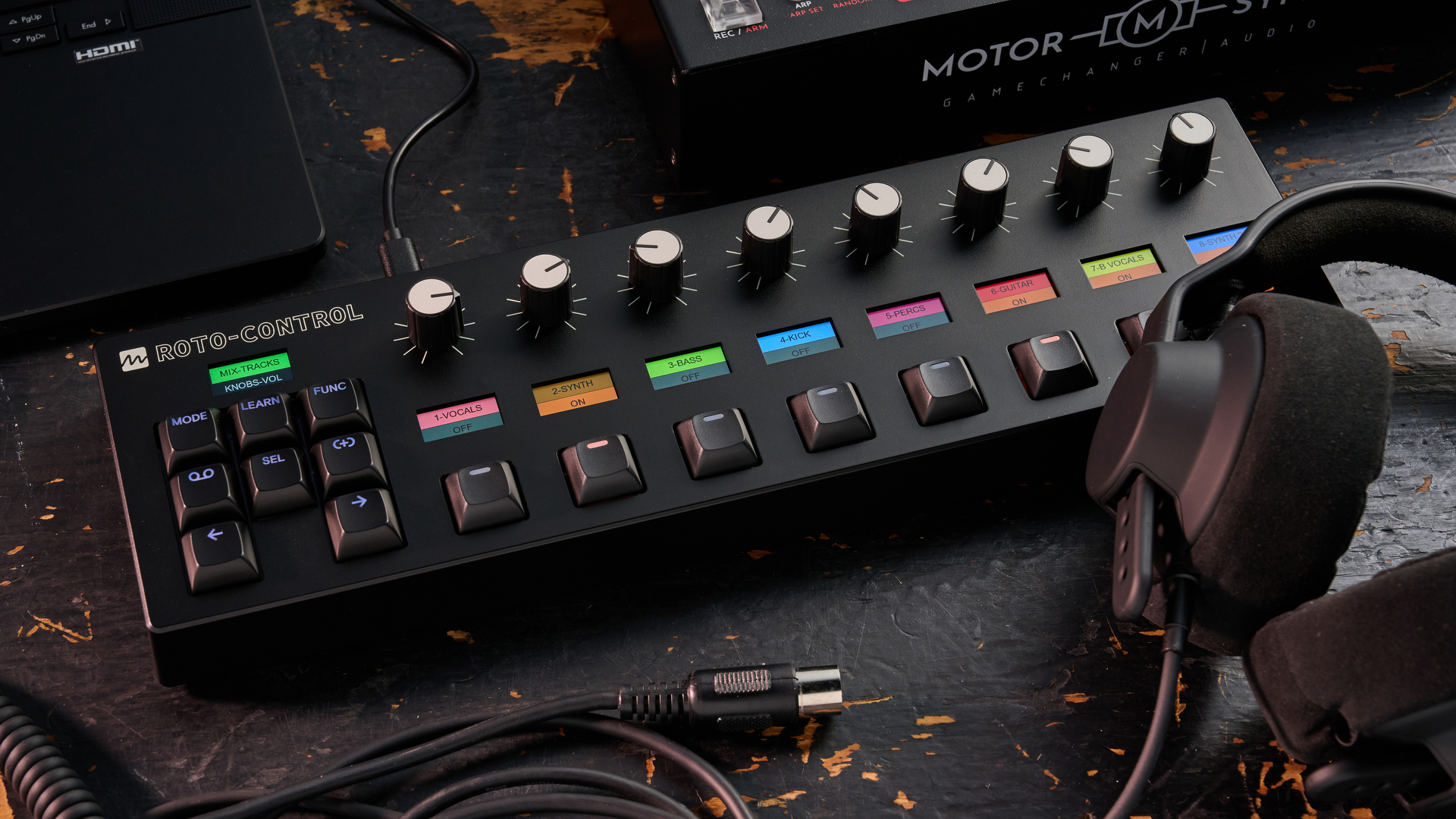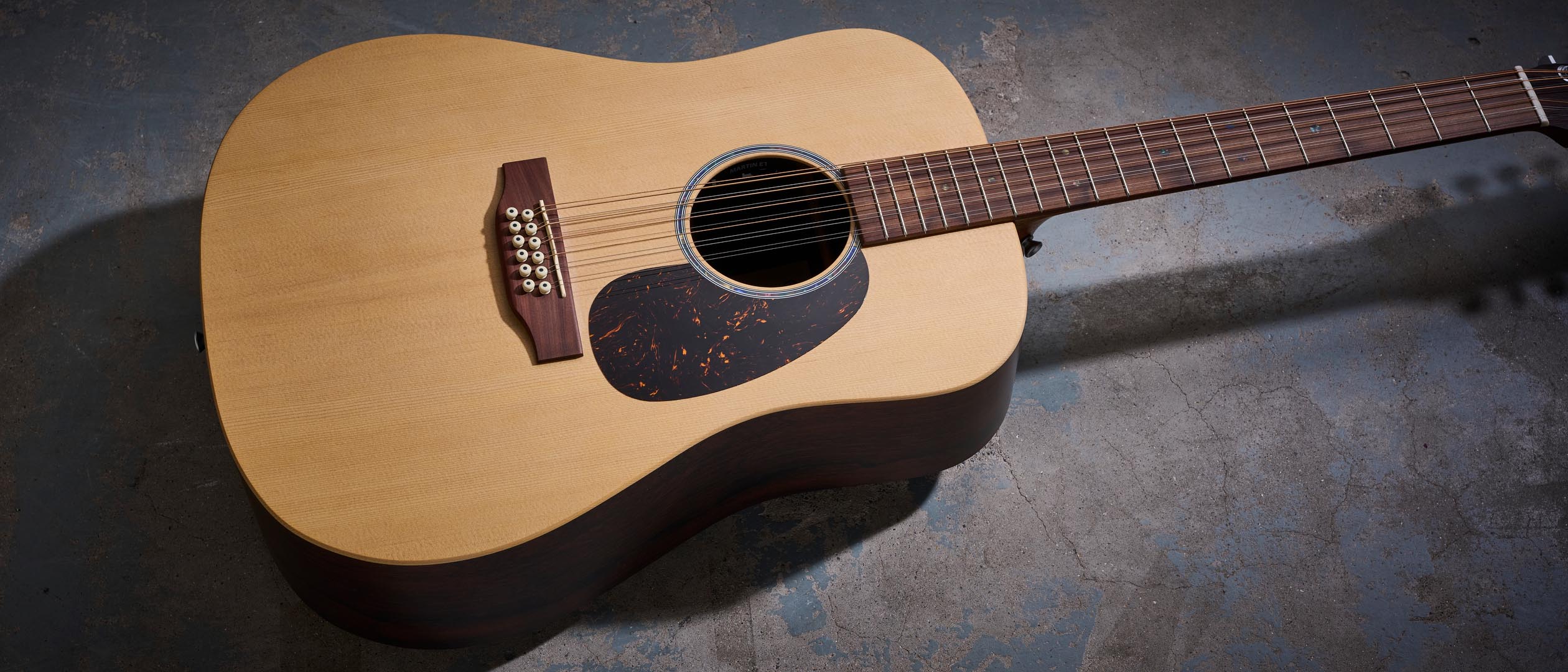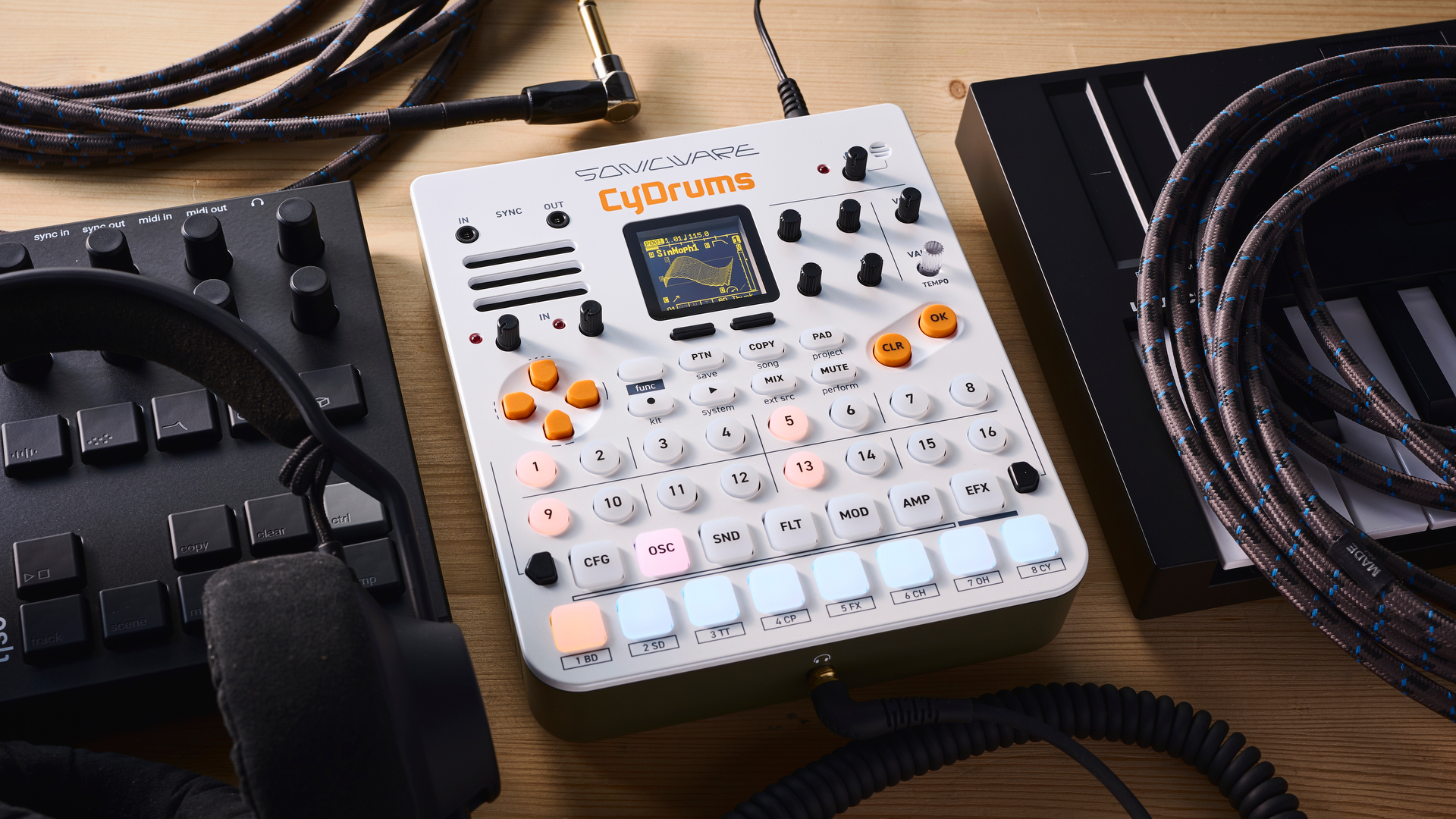MusicRadar Verdict
If you’re bored of your run-of-the-mill distortion pedals, then the Soma Labs Harvezi Hazze is definitely worth a look. It gives you those classic borderline distortion tones of the ProCo RAT and can get into velcro fuzz territory too. At more extreme settings, things get properly weird and unpredictable, making it a versatile proposition indeed no matter what sort of music you play.
Pros
- +
Covers a lot of ground between RAT-inspired distortion and spitting, velcro fuzz.
- +
Useful Spread control lets you blend your source tone with varying levels of distortion.
- +
Plenty of options for tone tweaking with useful side switches allowing it to play multiple roles.
Cons
- -
Side switches might make it difficult to use in amongst a busy pedalboard.
- -
Lack of stereo might put non-guitarists off.
MusicRadar's got your back
What is it?
The Soma Labs Harvezi Hazze isn’t your average distortion pedal. Designed around a mysterious sounding device called a unijunction transistor - we’ll file that next to the flux capacitor - it can do classic distortion tones alongside spitting, gnarly fuzz, but can also act as a compressor, waveshaper, a clipper, and a generator depending on the settings.
The signal chain starts with the optical compressor, then the distorting amplifier, then a waveshaper, and finally the tone stack. These can be turned on and off with the array of switches on the side, giving you a lot of versatility when it comes to tone tweaking. It also means the pedal has plenty of potential for a wide variety of uses, not necessarily just appealing to guitar players.
Specs
- Launch price: £289/€329
- Type: Distortion pedal
- Controls: Spoil, spread, level, tone, gain
- Features: Built-in compressor, can act as limiter, waveshaper, generator
- Connectivity: 2x 1/4-inch in and out
- Bypass: True bypass
- Power: 9V DC
- Dimensions: 115 x 130 x 50 mm
- Options: N/A
- Contact: Soma Labs
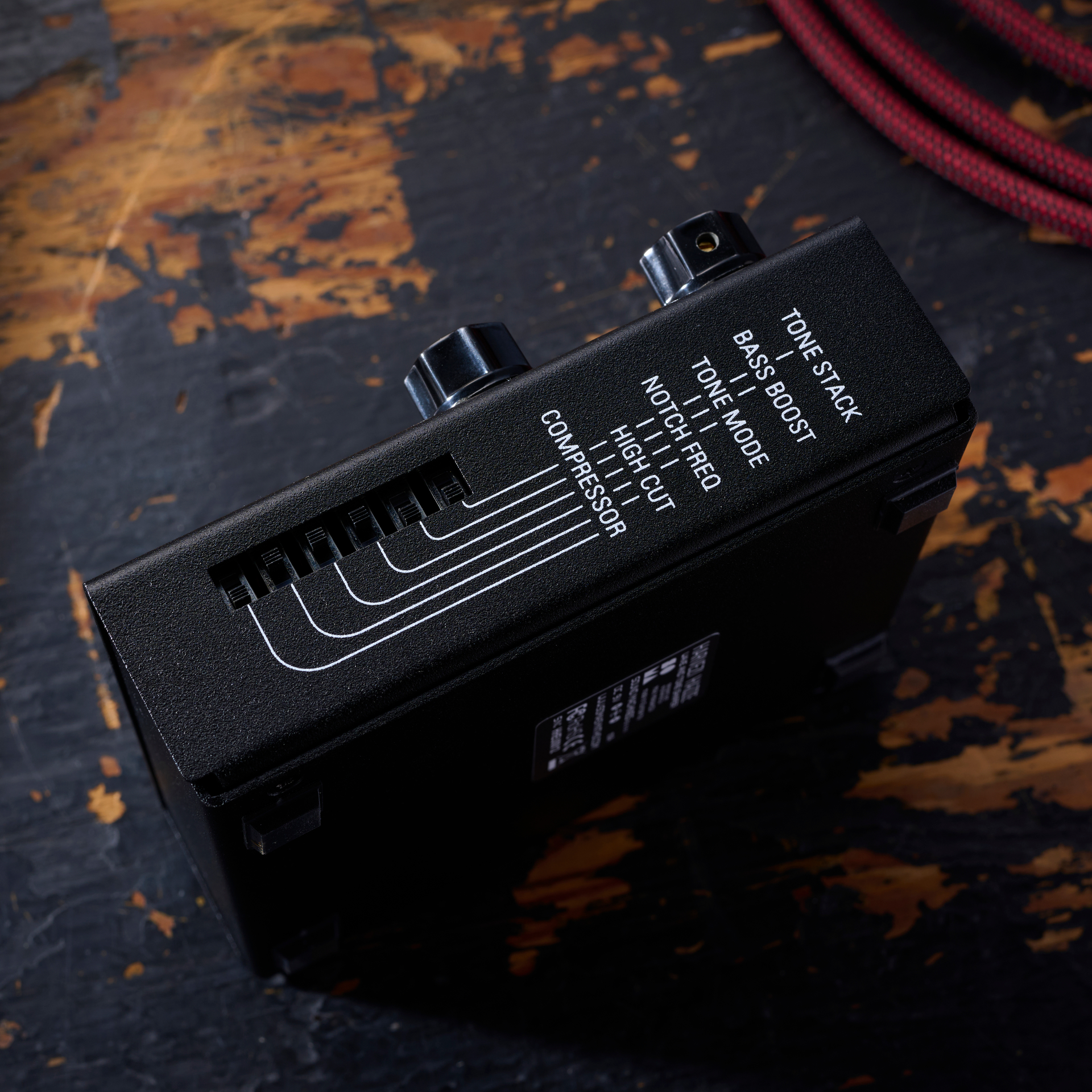
Build quality
It’s a rather large format as far as distortion pedals are concerned, which makes sense as there’s quite a lot going on underneath. It might put some off who are lacking room on their pedalboards, but if you’re planning on using it as part of a desktop setup, I found it fit quite nicely into my home studio setup.
The front panel looks very much like a distortion pedal, with the holy trinity of drive pedal controls in Level, Tone, and Gain. More interestingly, there are controls for Spoil and Spread, which hint at the extra functionality that lies beneath. All of the knobs feel well applied and offer a nice amount of resistance when turning for fine-tuning.
It feels very giggable with its all-metal enclosure and decent weight behind it, and if you hold it up into the light, there’s a nice sparkle to the all-black texture of it. It comes with rubber feet already attached, which you’ll want to pry off if you’re attaching it to a pedalboard or to a desktop pedal stand.
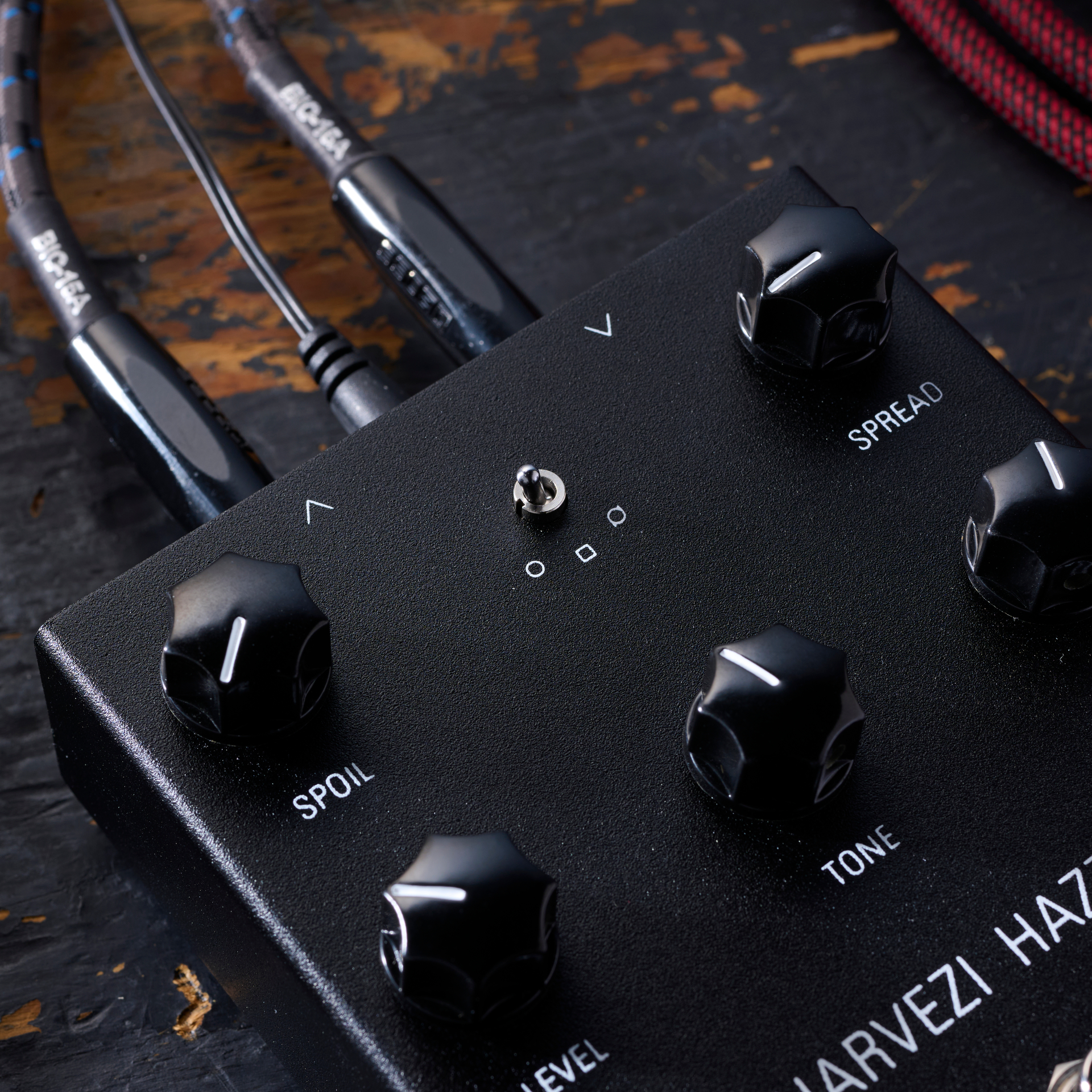
Usability
If you’ve used an overdrive pedal before, then you’ll be very at home with the Harvezi Haze. Those three main controls are bread and butter for most pedals, and adjusting them definitely feels similar to many other three-control gain pedals. Experimenting with the additional Spoil and Spread controls starts to bring some more expansiveness into the pedal, and you don’t need the manual to get started with it.
There are some useful presets in the manual you can start with if you’re unsure, but for those who are experienced with this sort of thing you’ll be perfectly fine to start tweaking the knobs and start making sounds. The controls are all clearly marked and easily legible from a standing position, which is all you can ask for from a pedal.
Turning the pedal on its side, you’ll find six extra controls with switches for each. These allow you to engage certain features like the tone stack or compressor, as well as adjust EQ-centric functions like bass boost and high cut. They’re recessed into the side of the chassis, which makes them a little awkward to access, and of course, if you’re using this on a pedalboard, then you’ll want to make sure you’ve got enough space to access them if you plan on making frequent changes.
One thing to note with these side controls is that in order for the EQ-based switches to work (including the Tone knob), the tone stack has to be engaged. I was slightly confused at first as to why the bass boost wasn’t working until I realised what I was doing wrong, and the same applies for the other EQ controls on the side panel.
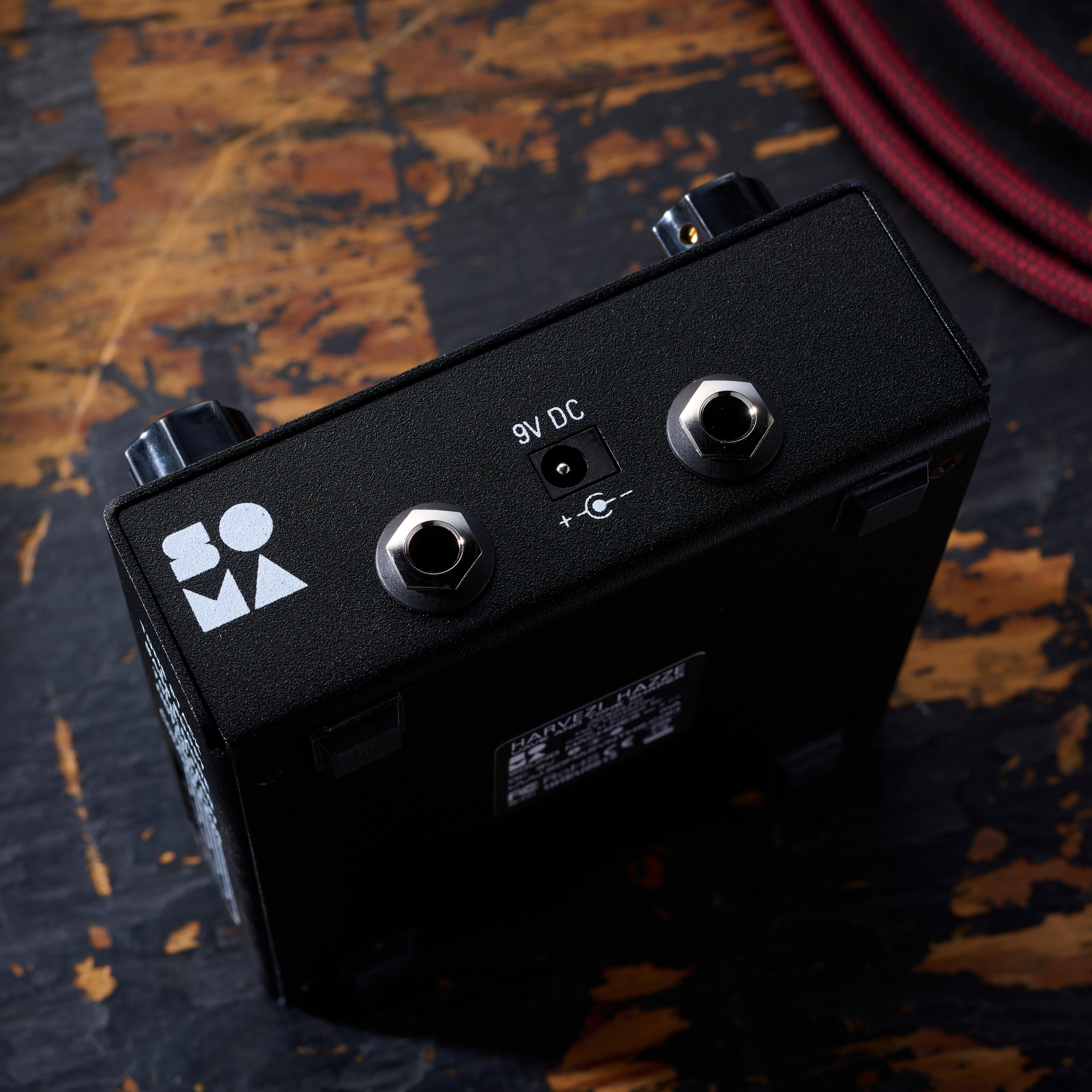
Sounds
Plugging into my Orange Rocker 32 on the clean channel with my Seymour Duncan JB-equipped Strat, I began with the Spoil and Spread controls at the minimum and the Level, Tone, and Gain knobs at 12 o’clock and the mode switch in the middle position. This gave me a very pleasing distorted tone that immediately had me playing some Queens of the Stone Age-inspired powerchord licks.
The clarity was excellent across all the strings, and I noticed straight away that it responds brilliantly to picking dynamics, clean when you pick gently and nice and dirty when you start digging in. It’s very much in the vein of a fuzz pedal or RAT-style distortion in terms of its voicing, but you can do a lot with that.
The Tone knob gives you an EQ change from bass heavy to more treble content, with the leftmost point of knob great for those stoner doom type sounds, while turning it all the way to the right gives you a harsher, more cutting tone. The Gain knob reacts exactly how you would imagine, taking you from a light overdrive right through to nasty fuzz tones.
Adding the Spoil and Spread controls into the mix makes things a lot hairier, adding that spitting unpredictability you get with some more out there fuzz stompboxes. Higher Spoil settings give you a more gated sound, while the Spread knob gives you a more extreme distortion at high settings, but at lower settings blends in the clean sound which opens up some interesting possibilities for using it with instruments other than guitars.
Switching to the drive channel of my Orange gave me a good insight into the possibilities this pedal has when paired with non-clean sources. It made the amp sound absolutely huge, adding an extra layer of saturation with the right settings that really took my guitar tone to the stratosphere. Blending the driven amp with the Spread knob led to some really nice tones, and I could get a nice balance between the two, or let the pedal take over with those nastier fuzz tones.
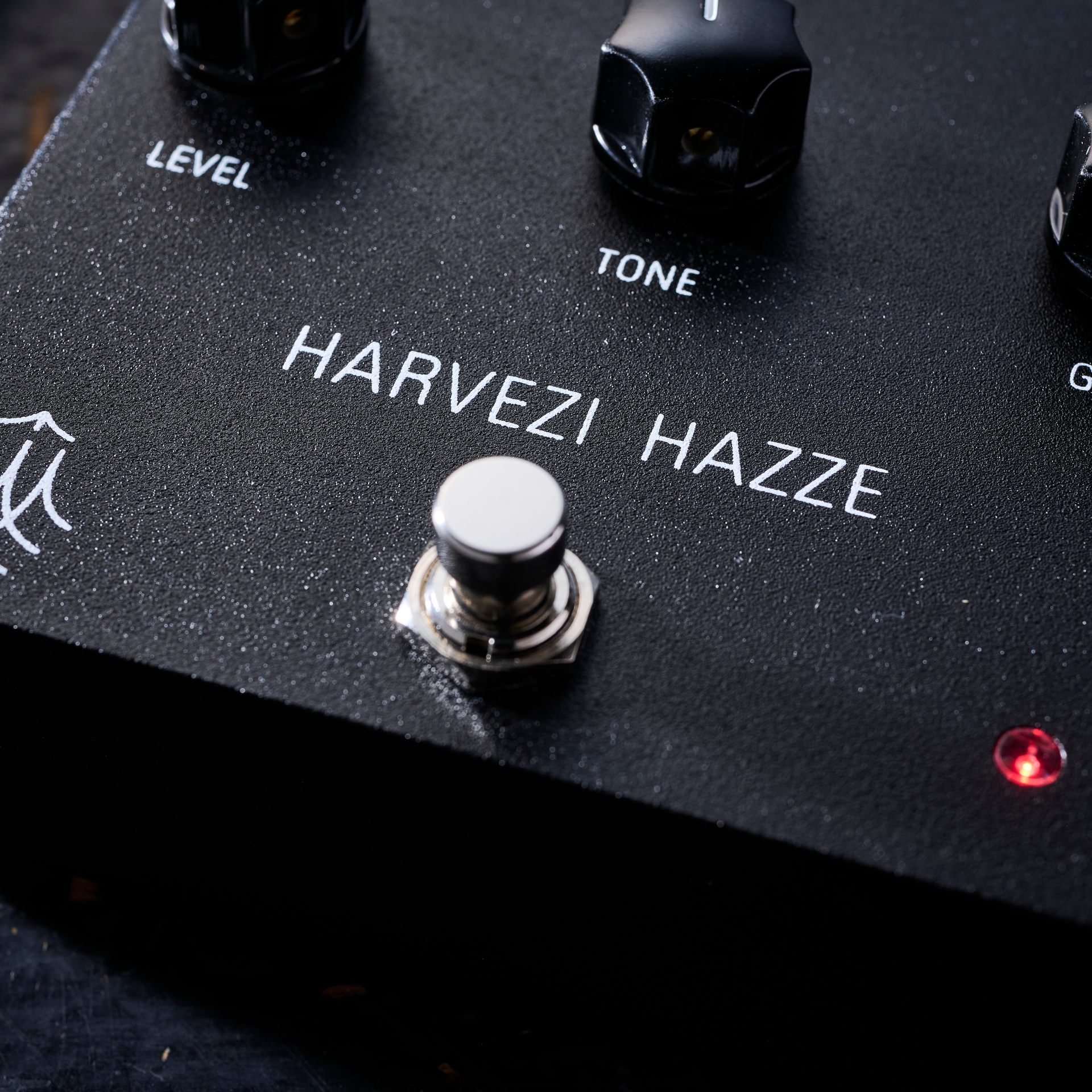
Verdict
The Soma Labs Harvezi Hazze is a genuinely fun take on the classic distortion-slash-fuzz pedal, and I found it great fun experimenting with its myriad settings to see what chaos I could conjure. Its versatile control set means you can do a lot with it, and I really love the ability to blend your clean (or not clean) source signal with the pedal’s distorted tones.
MusicRadar verdict: If you’re bored of your run-of-the-mill distortion pedals, then the Soma Labs Harvezi Hazze is definitely worth a look. It gives you those classic borderline distortion tones of the ProCo RAT and can get into velcro fuzz territory too. At more extreme settings, things get properly weird and unpredictable, making it a versatile proposition indeed no matter what sort of music you play.
Build quality | Very well made, cool design | ★★★★½ |
Usability | Very versatile, but side switches could be a hindrance | ★★★★☆ |
Sound quality | Can cover a lot of ground | ★★★★½ |
Overall | A fantastic distortion pedal that will appeal to more than just guitarists | ★★★★½ |
Also try
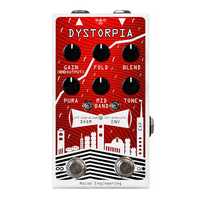
Noise Engineering Dystorpia - $399/£347
If you want another pedal that does distortion a little differently but prefer your fuzz tones, the Noise Engineering Dystorpia is a great shout. It can cover a lot of ground from vintage fuzz, to nasty buzzsaw tones, and it has some cool functions like a freeze mode and sub octave switch.
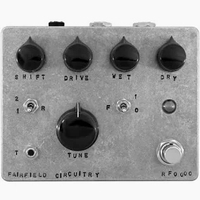
Fairfield Circuitry Roger That - £299
Another pedal that takes a different approach to distortion, the Fairfield Circuitry Roger That takes FM radio signal loss and turns it into a distortion effect, leading to some very unpredictable results. It can do tamer stuff too, but it’s the sort of pedal that needs a lot of experimentation to get the best out of it.
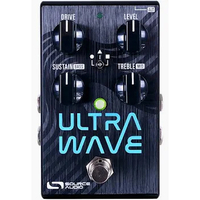
Source Audio Ultrawave - $249/£245
The Source Audio Ultrawave splits your guitar signal into ten different bands, allowing you to apply different effects to each band in order to make some truly unique sounds. For those bored of traditional drive tones, this is an amazing pedal for deep diving into some properly weird sounds.
Hands-on videos

Matt is a Junior Deals Writer here at MusicRadar. He regularly tests and reviews music gear with a focus on audio interfaces, studio headphones, studio monitors, and pretty much anything else home recording-related. Matt worked in music retail for 5 years at Dawsons Music and Northwest Guitars and has written for various music sites including Guitar World, Guitar Player, Guitar.com, Ultimate Guitar, and Thomann’s t.blog. A regularly gigging guitarist with over 20 years of experience playing live and producing bands, he's currently studying Sound Engineering and Music Production at Spirit Studios in the UK.
You must confirm your public display name before commenting
Please logout and then login again, you will then be prompted to enter your display name.
IK Multimedia’s ARC Studio is a game-changing out-of-the-box acoustic room correction system that’s like an instant upgrade for your monitors - without the hassle of software-based solutions
"There’s potential for a degree of chaos here": Cherry Audio Yellowjacket review
“Do something with it. Mangle it. You have to be ruthlessly objective": Trevor Horn on his sampling and drum machine production mindset
